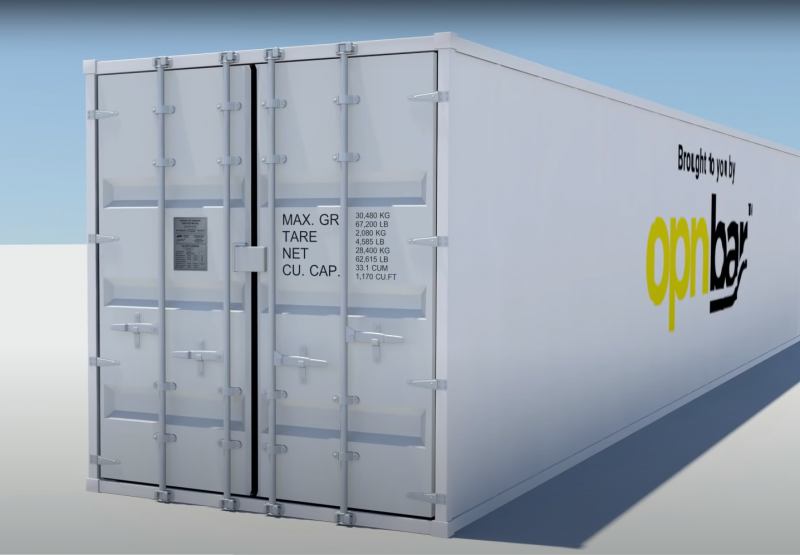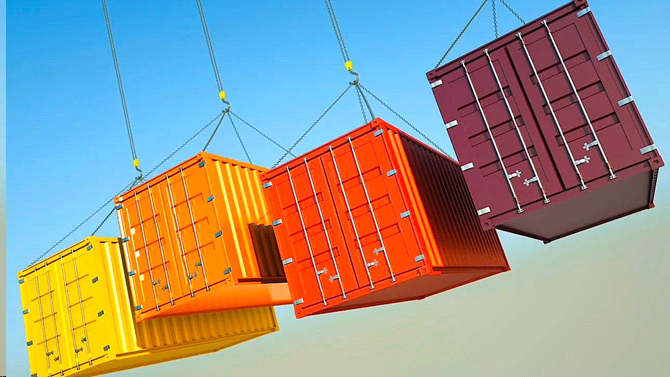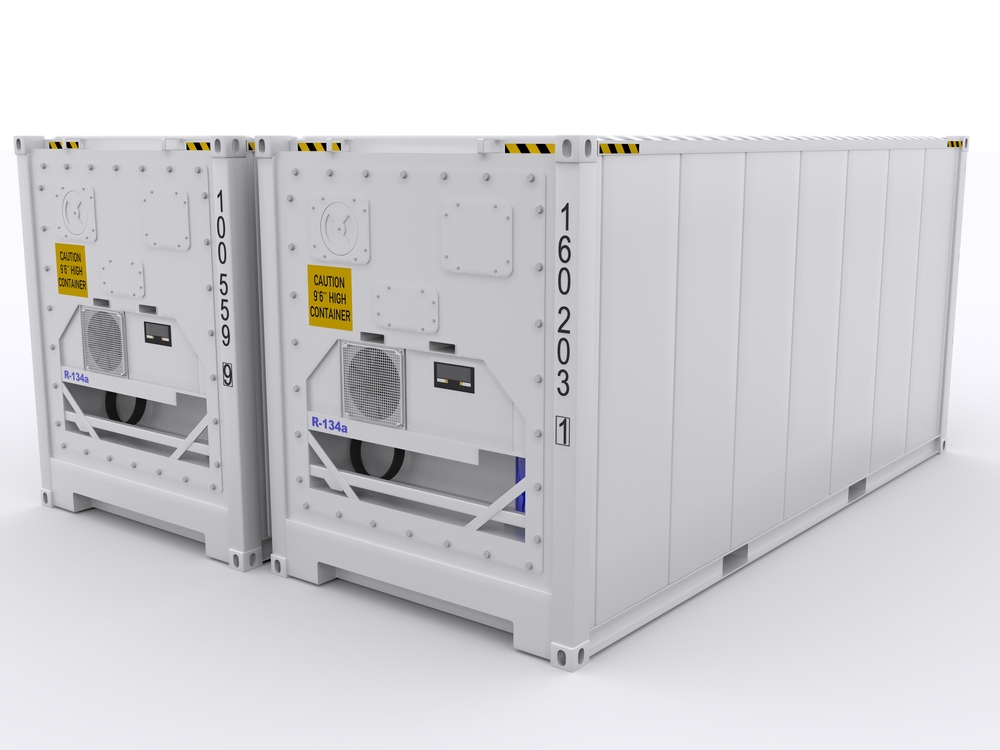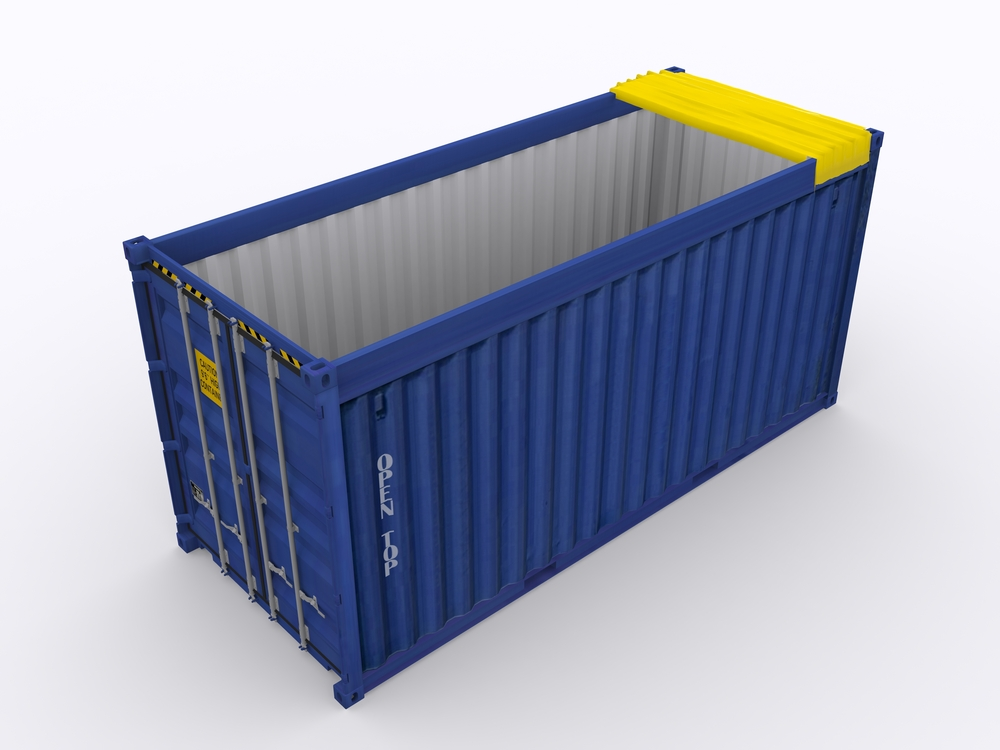In the intricate web of global commerce, where goods traverse vast distances from manufacturers to consumers, the term “drayage” holds a pivotal place. Yet, for many outside the logistics realm, it remains an obscure concept. Drayage, however, plays a critical role in the seamless movement of goods, serving as a linchpin in the supply chain ecosystem.
At its core, drayage refers to the short-distance transport of goods, typically overland, often between transportation hubs such as ports, rail yards, and warehouses. It acts as the bridge connecting various modes of transportation, facilitating the smooth transition of cargo from one point to another.

Historically, the term “dray” referred to a low, strong cart without fixed sides, used for carrying heavy loads over short distances. While the physical form of drays has evolved over time, the essence of the task remains unchanged: the efficient movement of goods within a limited geographic scope.
In the context of modern logistics, drayage has become synonymous with the movement of shipping containers. With the exponential growth of global trade and the rise of containerization, drayage has emerged as a crucial link in the supply chain, especially in the context of intermodal transportation.
The Early Days: A Story of Horsepower and Determination
The genesis of drayage can be traced back to a time when horsepower was quite literal. In the bustling streets of 19th-century industrial hubs, the clatter of hooves and the creaking of wooden carts marked the rhythm of commerce. The term “dray” found its place in the lexicon, referring to the stout wagons and carts tasked with ferrying heavy loads over short distances.
In those days, drayage services were the lifeblood of local economies, connecting bustling ports with warehouses, factories, and burgeoning rail networks. It was a labor-intensive affair, reliant on the sinewy strength of draft animals and the unwavering determination of workers to ensure goods reached their destinations swiftly and safely.

The Container Revolution: A Game-Changer in Global Trade
The evolution of drayage took a momentous leap forward with the advent of the modern shipping container. While the notion of standardized containers for cargo had been brewing for centuries, it wasn’t until the mid-20th century that American entrepreneur Malcolm McLean crystallized this vision into reality.
In 1956, McLean’s brainchild, the first standardized metal shipping container, burst onto the scene, reshaping the very fabric of global trade. With its durable, uniform design, this simple yet revolutionary invention heralded a new era of efficiency and connectivity in logistics. Gone were the days of laborious loading and unloading; instead, goods could now seamlessly transition from ships to trains to trucks, transcending borders and continents with unparalleled ease.

Intermodal Ingenuity: Where Efficiency Meets Innovation
The introduction of standardized shipping containers paved the way for the rise of intermodal transportation—a paradigm shift that forever altered the landscape of logistics. By enabling goods to traverse multiple modes of transportation without the need for repacking, intermodalism ushered in a new era of efficiency and cost-effectiveness.
Central to the success of intermodalism was the standardization of container sizes—a feat accomplished by the International Organization for Standardization (ISO) in 1961. With the establishment of the now-ubiquitous 20-foot and 40-foot container lengths, logistics operators could maximize space utilization, stacking containers with precision aboard ships and in storage yards.
Key Components of Drayage
First and Last Mile Connectivity: Drayage fills the gap between the long-haul transport (often by sea or rail) and the final destination or origin of goods. It ensures that cargo reaches or departs from ports and terminals efficiently, connecting maritime or rail transport with local distribution networks.
Efficiency and Timeliness: Drayage operations are characterized by their speed and precision. Time-sensitive deliveries require meticulous planning and execution to meet strict schedules, minimizing delays and optimizing the flow of goods.
Regulatory Compliance: Drayage operations are subject to various regulations, particularly concerning emissions, safety standards, and driver qualifications. Compliance with these regulations is paramount to ensure the legality and sustainability of operations.
Infrastructure and Technology: Advancements in technology play a significant role in enhancing the efficiency of drayage operations. GPS tracking, route optimization software, and electronic logging devices streamline processes, improve visibility, and enable real-time monitoring of shipments.
Challenges and Opportunities
Despite its significance, drayage faces several challenges, including congestion, infrastructure limitations, labor shortages, and environmental concerns. Ports and terminals, often located in densely populated areas, grapple with congestion issues, leading to delays and increased costs for drayage operators.
Moreover, the reliance on fossil fuels in traditional drayage operations raises environmental concerns, prompting efforts to transition towards cleaner, more sustainable alternatives such as electric or hydrogen-powered vehicles.
However, amidst these challenges lie opportunities for innovation and improvement. The integration of automation, robotics, and artificial intelligence presents avenues for enhancing efficiency and reducing operational costs. Likewise, the development of alternative fuels and the electrification of fleets contribute to a greener, more sustainable drayage industry.

Drayage in the Digital Age: Where Tradition Meets Technology
Today, the legacy of drayage lives on in the modern era of global trade. Armed with advanced technologies such as GPS tracking and temperature control, today’s shipping containers are veritable marvels of innovation, ensuring the safe and efficient transport of goods across vast distances.
Yet, amidst the cutting-edge gadgets and digital wizardry lies a thread of continuity—a testament to the enduring spirit of drayage that has transcended centuries. From the clatter of hooves to the hum of electric motors, the story of drayage is one of resilience, adaptation, and unwavering dedication to the relentless pursuit of progress.
The Future of Drayage
As the global economy continues to evolve, so too will the role of drayage in the supply chain. Technological advancements, shifting consumer preferences, and regulatory changes will shape the future landscape of drayage operations.
Furthermore, the ongoing digital transformation of logistics, fueled by the Internet of Things (IoT) and blockchain technology, promises greater transparency, security, and efficiency in drayage operations.

Hard to Close Drayage Shipping Containers
Drayage shipping containers are the workhorses of global trade and logistics, providing a secure and efficient means of transporting goods worldwide. While these containers are known for their durability and reliability, they can sometimes be hard to open or close.
Weathering the Elements
Shipping containers spend a significant portion of their lives exposed to the elements, whether on the high seas or in storage yards. Over time, the constant exposure to sun, rain, and temperature fluctuations can take a toll on the container’s exterior and locking mechanisms. Rust and corrosion can form on the container’s metal components, making them stiff and difficult to operate. This corrosion can make it a struggle to turn the handles or engage the locking bars, making the container hard to open or close securely.
Lack of Maintenance
Proper maintenance is crucial to keeping shipping containers in good working condition. Unfortunately, not all containers receive the regular maintenance they need. Containers that are neglected or abandoned may suffer from neglect, leading to issues with opening and closing. Without proper lubrication and care, hinges can become rusty, seals can degrade, and locking mechanisms can become jammed. Neglected containers often require more effort and tools to open, posing a significant challenge for those trying to access their contents.
Cargo Shifting
During transit, cargo can shift within the container, especially if it is not properly secured. When cargo shifts, it can exert pressure on the container’s walls and doors, causing them to become misaligned. This misalignment can make it difficult to open or close the container smoothly. In some cases, the doors may become jammed or wedged shut due to the pressure from the cargo inside.
Human Error
Sometimes, the difficulty in opening or closing a shipping container can be attributed to human error. If a container is not properly closed and locked, it may be challenging to open it later. Similarly, if someone tries to force the container open without following the correct procedures, it can lead to damage and make subsequent openings and closures problematic.
Solution
Equip operators with the proper tools needed and promote safety to help them avoid injury.
The OPNBar tool, for instance, can help avoid some injuries by providing an ergonomic means of opening shipping containers, checking for low-pressure tires, and aiding operators in releasing the tractor from the trailer.
This hand leverage tool / shipping container door extension handle uses the principles of leverage to do the difficult work. By providing an extended area on which to grasp, with both hands, a more stable platform to manipulate the latch handle is achieved.

Designed to fit and extend the door latch handles on side-by-side doors found on the following units with the safety of the truck driver, operator, and worker foremost in mind:
Standard Shipping Containers
- Conex Boxes
- Drayage Shipping Containers
- Intermodal Containers
- ISO Containers
- Reefer Containers
- Military Containers
- Waste Management Containers
- Dismountable Shipping Cargo Containers
- Refrigerated Shipping Cargo Containers
- Semitrailer Dry Freight Cargo Vans
- Semitrailer Refrigerated Freight Cargo Vans
This intermodal container (also known as ISO Container, Conex Box, or Railroad Container) cargo inspection tool hand leverage tool / shipping container door extension handle is to aid in opening and closing side-by-side doors found within Dismountable Shipping Cargo Container Trailer Transportation Industries (Railroad, Harbor, and Trucking Industries).
Eliminates the Need for a crescent wrench, screwdriver, hammer, and crowbar which are commonly needed/used to open stuck shipping container doors.
Conclusion
While Drayage shipping containers are designed to be rugged and dependable, various factors can make them challenging to open or close. These challenges often stem from exposure to the elements, lack of maintenance, cargo shifting, and occasional human error. Proper care, regular maintenance, and adherence to best practices for container handling can go a long way in mitigating these difficulties and ensuring the smooth operation of shipping containers in the world of global trade and logistics.
Contact Us : 10053 Whittwood Dr,
Suite 11284 Whittier, CA 90603
USA | 657.6.OPNBAR (657-667-6227)
Website : https://www.shippingcontainertool.com/what-is-drayage/





